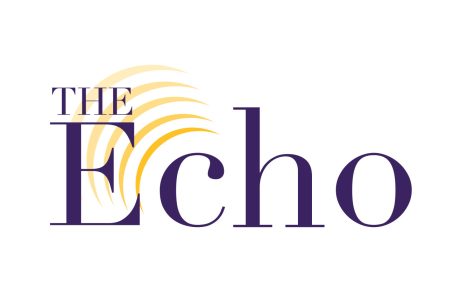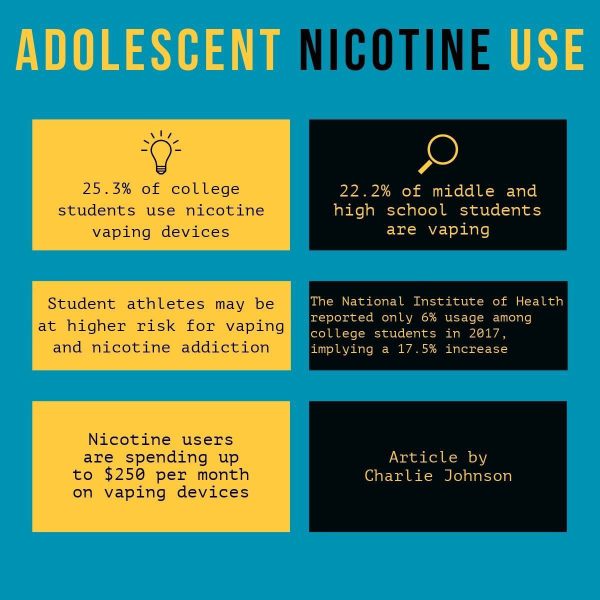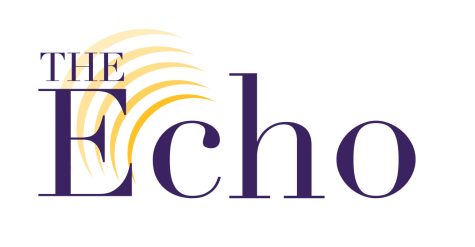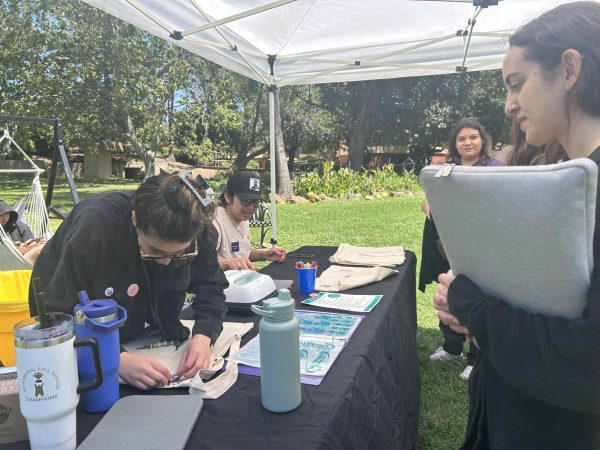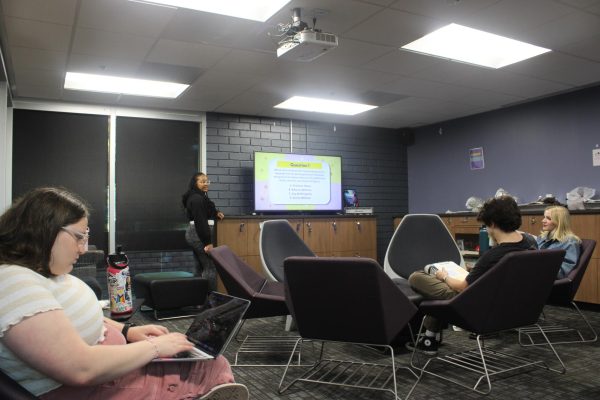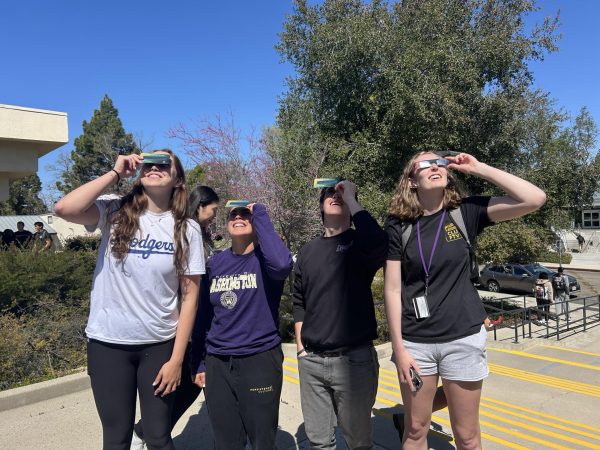Citywide single-use plastic ban coming 2022
November 16, 2020
This fall, Thousand Oaks City Council unanimously approved a ban on many single-use plastic products, effective Jan. 1, 2022.
“We’re poisoning the fish,” said Juli Marciel, the Rise Above Plastics coordinator at the Ventura County Surfrider Foundation chapter, in a phone interview. “These microparticles of plastic, they’re getting into our food stream. Not just in our ocean, which is really bad because fish consume these particles, but also they’re finding them everywhere now, even in organic soil.”
After ongoing discussion regarding the effectiveness of limiting the distribution of these plastic products, the council moved to pass the ban. Expanded Polystyrene (EPS) foam, or styrofoam, was the focal point.
According to the city of Thousand Oaks website, “[EPS] products are frequently used for take-out food” and have long-term environmental impacts, as they can’t be recycled and are a significant source of marine pollution.
In the ordinance, the city of Thousand Oaks said “plastics persist in the environment for hundreds of years, breaking down into ever smaller pieces through photo, physical, and biological degradation, and enter the food chain when ingested by animals that mistake them for food; and […] harmful chemicals associated with plastics can leach into soils and water.”
In a National Geographic article, Laura Parker wrote every year there is an equivalent of five grocery bags filled with plastic trash for every foot of shoreline on Earth. The article also said consumers in the United States use almost one plastic bag per day, while consumers in Denmark use only about four per year.
John Brooks, a senior sustainability analyst for the city of Thousand Oaks, said in a Zoom interview that there are many levels of recyclable products, but just because it is labeled as recyclable doesn’t mean it truly is.
“Just because there’s a recycling icon on it, doesn’t mean it’s recyclable. That’s just a plastics initiative where [plastic product distributors] put that on there,” Brooks said. “The recycling industry did not want them to put that on there, but they used it as a [Public Relations] tactic to sell to the consumers that [the products] were recyclable.”
Marciel said widespread use of plastic became popular towards the end of the 1950s, and yet 90% of the plastic produced since then remains in the environment today.
“We have a huge problem […] We can’t just abandon the planet, we have to take care of it,” Marciel said.
Tyler Nishikawa, senior at California Lutheran University and founder of We Clean Beaches, said he thinks this ordinance will allow consumers to have a better understanding of both the sheer amount and type of plastics they use.
“Some short term benefits are that it will help create awareness and make people more conscious about what types of things we use as consumers,” Nishikawa said.
There is a survey on the city of Thousand Oaks website where people can provide their input on the city’s sustainability plan. Brooks said they would appreciate younger perspectives.
“We want to treat the world the way we want the world to treat us,” Marciel said. “My concern is for… all of the generations to come. […] We have to take care of the world.”




